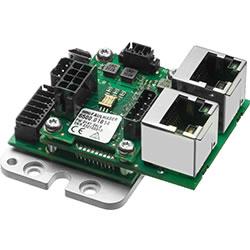Flow and Cure Simulations Allow for More Efficient Development of Elastomer Products
Differential scanning calorimeter and rubber process analyzer/rheometer characterizes rubber and develops curing reaction and viscosity models
Kulpsville, PA - Greene Tweed, a leading global manufacturer of high-performance thermoplastics, composites, seals, and engineered components introduces the use of new flow and cure simulation technology to create custom Greene Tweed models. This computer software allows the product design and mold to be analyzed and modified by running simulated experiments. These virtual experiments can catch design flaws early in the development process, enabling a more efficient use of time and resources.
Greene Tweed's flow and cure simulation technology provides a new way to develop and refine the development of molded elastomer products. The simulations may be used to improve the production process and tooling in order to better fit the specifications of the compound and product. By shortening the development process and decreasing retooling expenses, Greene Tweed is able to provide a smarter approach to molded product design.
Featured Product

